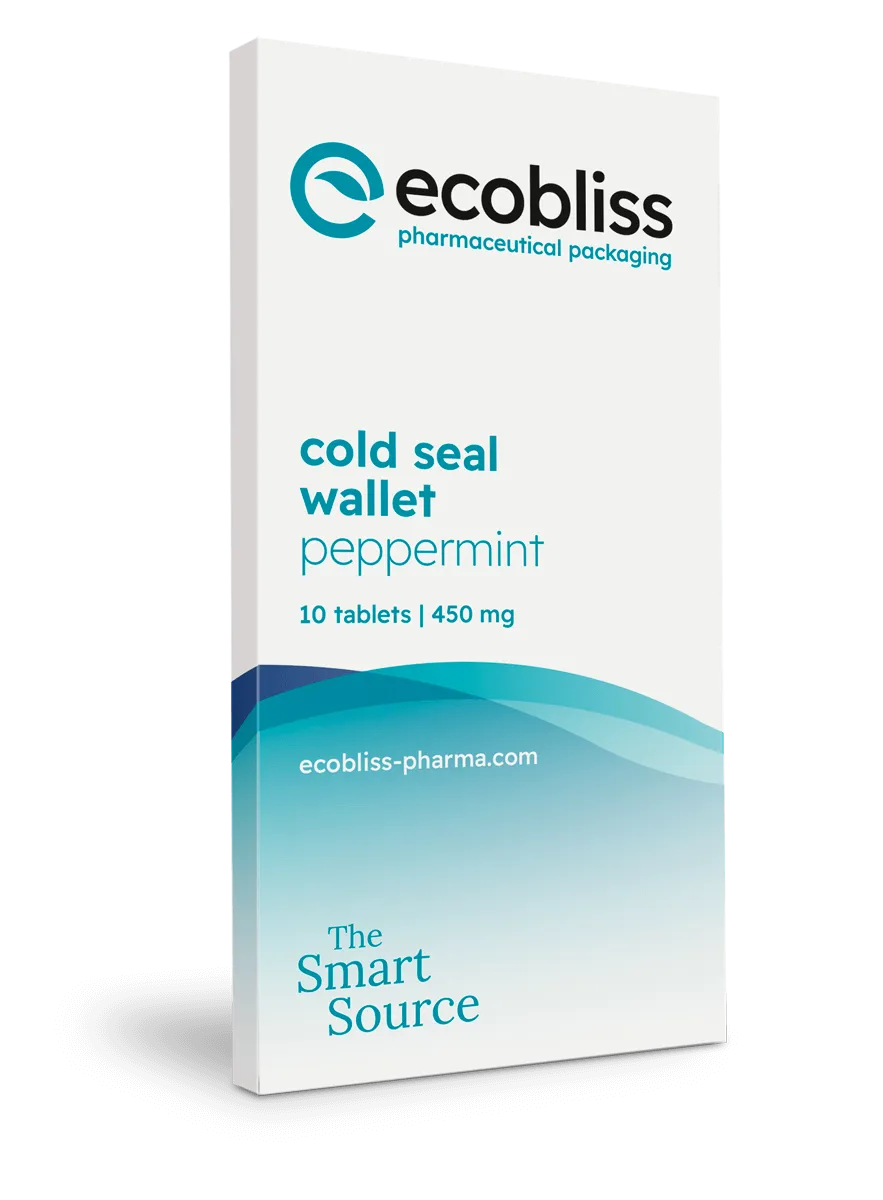Orphan drugs represent a vital sector in the pharmaceutical industry, aimed at treating rare diseases that affect a small percentage of the population. These drugs are essential for providing care to patients with conditions that might otherwise be overlooked due to the limited market potential. However, developing and delivering orphan drugs presents unique challenges, particularly in terms of packaging. This blog explores the intricacies of orphan drugs and the specialized packaging solutions that ensure their safe delivery and efficacy.
Understanding orphan drugs
Orphan drugs are specifically developed to treat, prevent, or diagnose rare diseases—conditions affecting fewer than 200,000 people in the United States, as defined by the Orphan Drug Act of 1983. The development of orphan drugs is often incentivized through various benefits, such as market exclusivity, tax credits, and grants, to encourage pharmaceutical companies to invest in research for rare conditions.
Despite these incentives, the limited patient population for orphan drugs makes their production uniquely challenging. Pharmaceutical companies must navigate not only the scientific and regulatory hurdles, but also the economic aspects of catering to smaller markets.
The critical role of orphan drugs packaging
The packaging of orphan drugs is as crucial as the drugs themselves. Orphan drugs packaging plays a significant role in preserving the integrity and efficacy of these vital medications. Given the high value and specific storage requirements of many orphan drugs, their packaging must be meticulously designed to meet stringent standards.
Key considerations for orphan drugs packaging
- Protection from environmental factors: Many orphan drugs are highly sensitive to temperature, light, or moisture. Specialty packaging that offers robust barrier protection is essential to maintain the stability of these medications throughout their shelf life and transportation.
- Patient compliance and accessibility: Packaging designs that are easy to use and help patients adhere to their treatment regimens are particularly important. Features such as clear labeling, ease of access, and dosing aids can significantly impact treatment effectiveness, especially for conditions requiring long-term drug administration. Discover strategies to optimize dosage schedules and improve patient compliance.
Innovative packaging solutions for orphan drugs
- Customizable barrier packaging: Orphan drugs often require packaging that can be tailored to specific environmental conditions. Customizable barrier packaging solutions provide the necessary protection against moisture, light, and oxygen, ensuring the drug's active ingredients remain effective until they reach the patients who need them.
- Tamper-evident and child-resistant features: Safety is paramount, especially when dealing with potent medications for rare diseases. Orphan drugs packaging often includes tamper-evident seals and child-resistant mechanisms to prevent misuse and ensure that the medication is safe from unintended exposure.
- Patient-centric design: Given the complexities of rare diseases, orphan drugs packaging is designed with the end-user in mind. Ergonomic designs that accommodate patients with limited dexterity or other physical challenges are a hallmark of patient-centric packaging.
Orphan drugs are a lifeline for patients with rare diseases, offering hope and the promise of improved health outcomes. The careful consideration that goes into orphan drugs packaging ensures that these critical medications are delivered safely and effectively. As the pharmaceutical industry continues to innovate, the packaging of orphan drugs will remain a key focus, ensuring that these medicines reach the patients who depend on them with their integrity uncompromised.
For those interested in learning more about orphan drugs and their specialized packaging solutions, or looking to explore the latest advancements in this field, connect with our team to provide deeper insights and opportunities for collaboration.
Request a free sample now!










